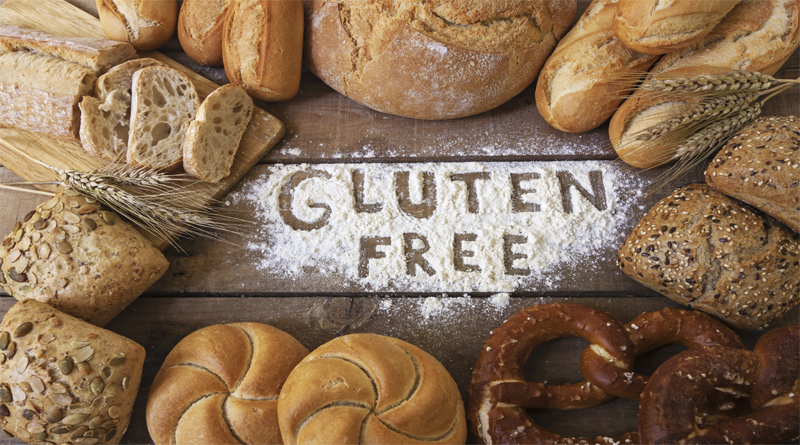Gluten free has now gone mainstream with one in five (20%) Irish people shopping for gluten free food regularly, according to new Bord Bia research. The gluten free market in Ireland is estimated to be worth around €66 million, experiencing a 36% increase since last year (Kantar Worldpanel). Despite only 1% of the Irish population having been medically diagnosed with celiac disease, the research found that a gluten free diet is particularly popular among the upper and middle class earners, over indexing in the Munster area and amongst pre and older families. According to the research, the desire for a healthy lifestyle is the key driver.
“As a nation, we’re increasingly conscious of our diet with 87% believing we have a healthy diet. Some 78% of Irish people who follow a gluten free diet are not diagnosed as celiac. Nearly half of these (38%) do not have any intolerance to wheat or sensitivities, but perceive gluten free to be a healthier lifestyle choice,” notes Paula Donoghue, Bord Bia’s Consumer Insight Manager.
“Traditionally, gluten free offerings were only available in pharmacies or health food stores, whereas now there is proliferation right across the retail chain. The market has experienced an increase in the number of available products as well as double digit growth in supermarkets. There is a lot of noise around the topic, whether it is from celebrity advocates such as Gwyneth Paltrow and Novak Djokovic, or chefs, nutritionists and bloggers,” Donoghue notes.
The need for education has come to the fore in the study as many respondents could not articulate what gluten was; however, they were confident about where to both find and avoid it. Those that do not follow a gluten free diet believe it is a fad, expensive and that it doesn’t taste as good, as well as determining that gluten free products may have higher sugar and fat content. Donoghue says that Irish food companies can help play a part in addressing any confusion on their specific product offerings.
Some additional findings included:
The main reasons people choose to follow a gluten free diet relate to Lifestyle (38%) encompassing those with no symptoms, those that are Gluten Intolerant/Sensitive (40%) with moderate symptoms and those with Celiac Disease or a Wheat Allergy (22%).
When asked what is important to them when shopping, respondents ranked clear information, ingredients and taste; followed by price and Irish-ness.
One in four gluten free shoppers strongly agree they are conscious in terms of what they eat and drink, significantly more than non-gluten free shoppers.
Words associated with ‘gluten free’ by gluten free shoppers were allergies, a combination of cereals and dry texture meaning there is need to negate these viewpoints.
Some 65% of shoppers want to see gluten free products in one specific area of a store.
Recommendations for the Irish food industry
Bord Bia believes a huge opportunity exists for the Irish food industry in the gluten free sector. Its research found that baking and cooking ingredients such as sauces, frozen foods, noodles and alcoholic drinks were the areas shoppers indicated as poor offerings.
“Now is the time for food producers to increase availability as demand is there. Consumers have high expectations around quality so we recommend that companies work towards positioning products and brands that are natural and taste great but just happen to be gluten free. Bread is the barometer product for gluten free as fresh bread is the product they miss most,” Donoghue adds.
There is considerable scope to move beyond ambient offerings and to expand snacking and convenience lines in particular. Consumers are also wary of what is lost in terms of nutritional content and what replaces gluten. This presents an opportunity for food manufacturers to meet long-term dietary needs of these shoppers through fortification in calcium or fiber.
According to Orla Donohoe, Bord Bia’s Bakery Sector Manager, “The global market for gluten free products is worth US$3.5 billion and growing at 5% annually, with some European markets growing at over 20%. Bord Bia has profiled a number of the fastest growing export markets and our plans include trade show attendance, market visits and business development projects with exporters.”
Source: Nutrition Insight









